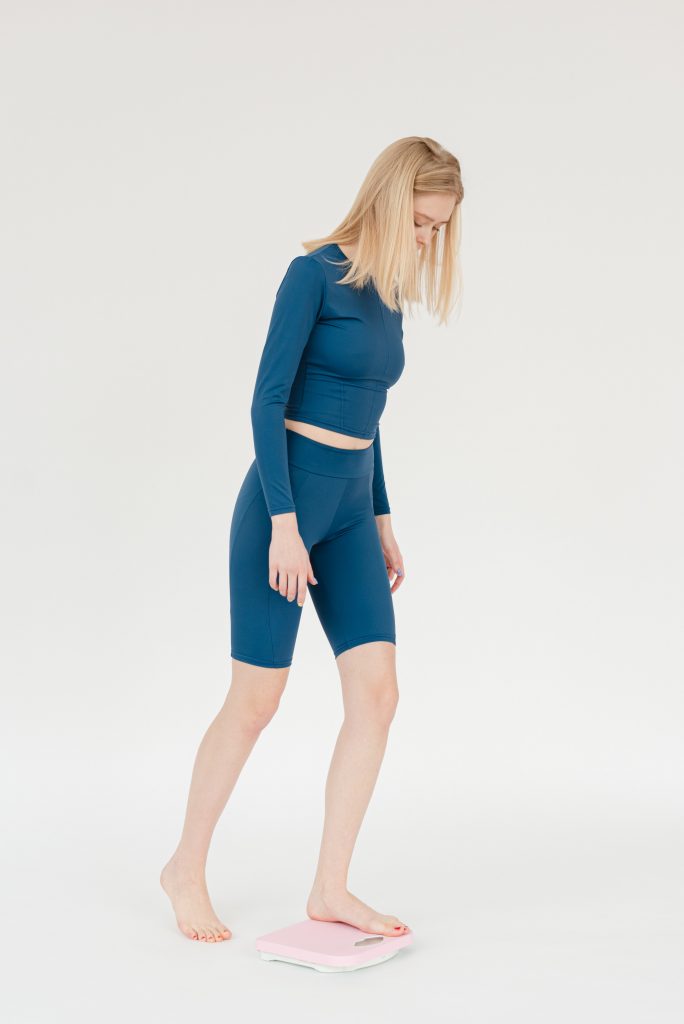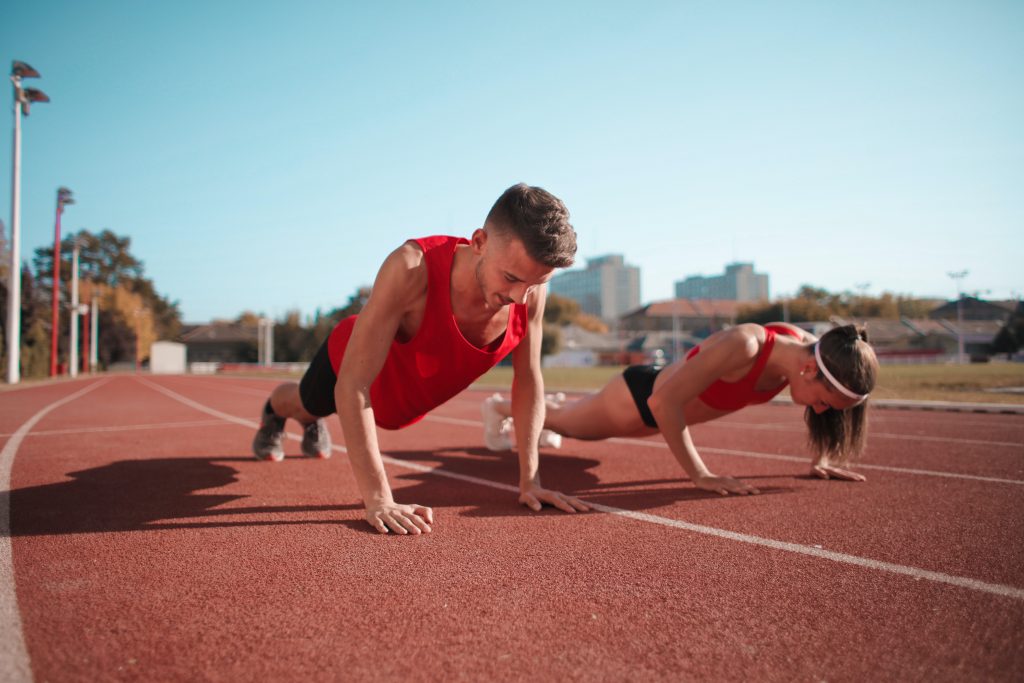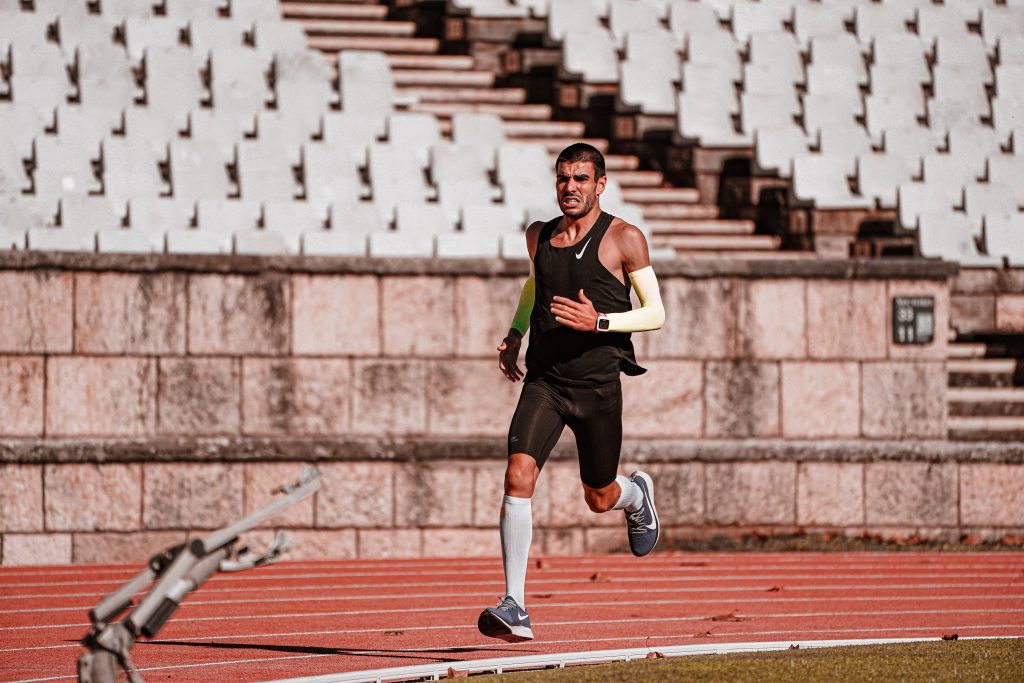Recently I spent quite a lot of time with a friend who is a skinny cyclist. My friend is relatively new to serious cycling, and still learning about the culture, but he shared his observation that many of the riders in his (Copenhagen) club spend quite a lot of time talking about which expensive bits of gear they want to buy in order to shave weight off their bike set-ups.
My friend, a physician, said, “Almost all of these guys have five or ten kilos they could lose easily, and a few guys are carrying much more than that.”
I want to be clear that I was speaking about elite athletes, and elite performance. Recreational athletes (and indeed, semi-professional athletes) can and should compete – in running, cycling, rock climbing etc. – at any weight that makes them comfortable.
Last year I had a conversation with a female semi-professional runner in which I expressed the view that in most running events, body weight is a factor in performance and it is important to maintain a weight that maximizes the runner’s strength to weight ratio. She strongly opposed my view, and eventually we agreed to disagree. But of course, she’s wrong. :)

But to stand on the podium, you need to put all the pieces together – nutrition, injury prevention and training – and you need to do those things better than all of your competitors. In running (and rock climbing), you’re basically battling gravity. In cycling, you’re fighting gravity and wind resistance.
At the same time, everyone’s body is different, and every competitive athlete knows that there is a fine line between arriving at peak fitness (and its associated body weight) and tipping over into illness or injury.
Back when I was a competitive athlete (so long ago that we were measuring our performances with sundials), I could certainly feel when I was approaching peak fitness, and more often than not I pushed too hard (either in training or by burning the other end of the candle) and slipped into illness or injury. For women especially, a too-low body mass index (BMI) can result in health problems including the loss of period and increased risk of bone fractures (in runners especially, stress fractures).
It’s tough to navigate that fine line, and many professional athletes have discovered the hard way that they can’t eat anything they want and stay competitive.
And of course it’s not only women who struggle with finding a body weight that is optimal for elite performance.
New Orleans Pelicans power forward Zion Williamson, who in 2019 was one of the NBA’s most eagerly anticipated draft picks in recent years, has struggled mightily with injuries and with his weight. Many people think the two things are related.
On television, NBA legend Charles Barkley, no stranger to a box of donuts, said to his colleague and fellow NBA legend Shaquille O’Neal, also no stranger to a box of donuts, “[Zion] looks like me and you had a baby.”
Barkley went on to say, “I’m joking and I’m serious. Moses Malone once said to me I was fat and lazy. And I started to cry a little bit, but it was a turning point in my career. [Zion is] already hurt. You should not be getting hurt when you’re young. He’s already had surgeries on his legs, and now he’s got a broken foot. He’s going to have to learn that even when you’re hurt you’re going to have to control your eating, because when guys get hurt, when they come back, you’re trying to get in shape, if you’re putting all that stress on your knees and your feet, you’re just going to keep getting hurt.”
Barkley’s co-host, former NBA player Kenny Smith, agreed, noting that Williamson was many weeks away from being at a weight at which he could be competitive in the NBA. Smith said, “That’s not the guy we see flying through the air with the greatest of ease.”
Gravity, man.

Last year, six former runners at the University of Oregon alleged emotional abuse by the track and field coaching staff that resulted in some of them developing eating disorders.
Oregon head track coach Robert Johnson defended his program’s use of blood tests, hydration tests and DEXA scans (medical imaging tests that use X-rays to precisely measure bone density and body fat percentage) by saying, “Track is nothing but numbers. A good mathematician probably could be a good track coach.”
First of all, wow. If you’re looking to run (or have your son or daughter run) in a collegiate track and field and cross country program that has won 32 NCAA championships and is led by a coach with an EQ (emotional quotient) of near-zero, Oregon is the place for you. Oregon announced in June that it would not renew Johnson’s contract.
According to a report in The Oregonian, an athlete who graduated from Oregon last year wrote to the university’s athletic department in October 2020, “I have seen and experienced an absolutely disgusting amount of disordered eating on the women’s track team, all because the coaches believe body fat percentage is a key performance indicator. We are not professional athletes. We do not have access to a bounty of organic food. We do not have unlimited time to cook. We cannot plan our days around our nutrition, and we are not the 30-year-old Olympians that coach Johnson seeks to compare our body fat percentage to. While knowing body composition may be helpful for some athletes, I have seen it be nothing but destructive.” As that Oregon runner wrote, there is a difference between an 18-year-old university athlete, 15-year-old high school athlete and a 25- or 30-year-old professional.
During my time as a post-collegiate competitive runner, nutrition was an area in which I could have done much better and looking back, I think poor nutritional choices in the week before an important qualifying race cost me a chance to run in the Olympic Games. I was working full-time then and I did not have unlimited time to cook (or shop). I did what was easiest, and I didn’t know better.
Most people, of course, are not elite athletes. Most of us weigh up the pros and cons of eating a donut, or drinking a beer or glass of wine, and decide in favor of the donut and the glass of wine. I know I do, although I have recently dropped 3-4 kg of pandemic-related weight. I was the fattest I had been in my life, and I have never been fat. I have noticed it in my running. Yay.

At the same time, however, many of us who have competed and continue to compete (or aspire to continue competing once we can get our hamstring injuries under control) understand that extra weight costs athletes.
After all, work = force x distance. The heavier the object you are moving, the more force is required.
Like my skinny Danish friend, I laugh (to myself) when I hear cyclists (and triathletes are notorious for this) debating the relative merits of carbon fiber frames, or titanium pedals and bottle cages.
If you want a road bike that weighs less than 6.7 kg, allow me to recommend the Specialized S-Works Tarmac SL7. And that’ll be $20,000, please.
Or for $17,000 less, and 2.24 kg more, you could buy a Cinelli Vigorelli bike made from steel. It won’t break, and if you care for it, you will be able to pass it along to the next generation.
If you buy the Specialized, you can eat (almost) all the donuts you want. If you buy the Cinelli, you have to be a bit more careful.
Going back to that conversation I had last summer, if you are an elite athlete, good nutrition is a critical part of your training, and while everyone needs fatty tissue, not least to store energy, every kilogramme you don’t need is hurting, not helping you. That’s physics. Just sayin’.






Comment (0)